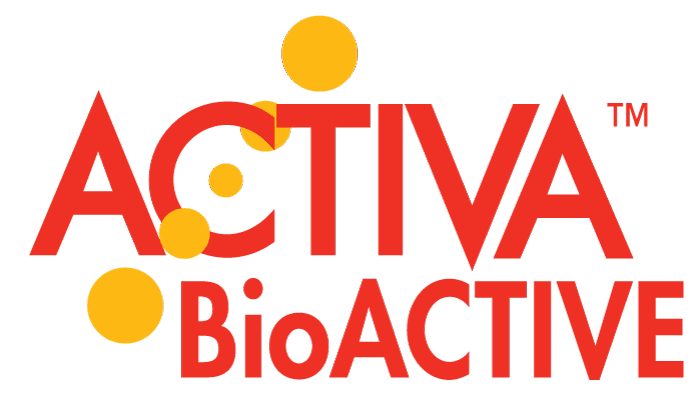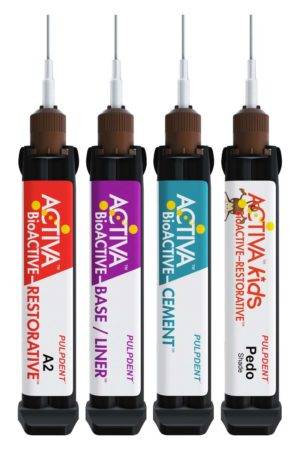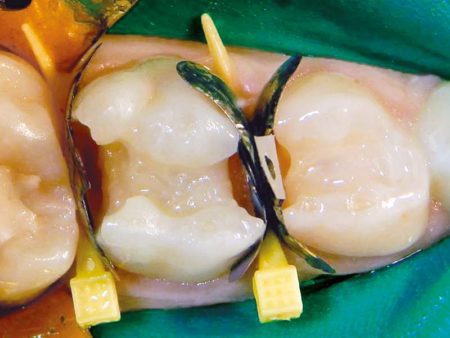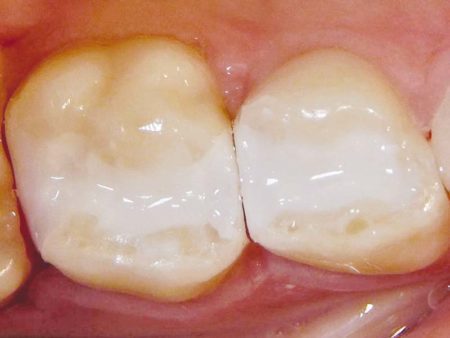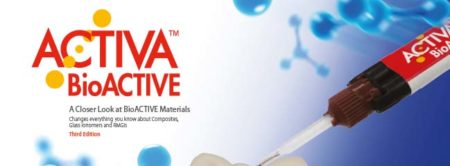
Caractéristiques :
Esthétique naturelle – Hautement polissable
Solide, résilient, résistant aux fractures et à l’usure, absorbe les chocs.
Libère et recharge du calcium, phosphate et fluor
Liaison chimique – Scelle contre les micro-fuites
Aucune sensibilité
Hydrophile – Technique simplifiée
Photopolymérisation et autopolymérisation
Aucune sensibilité
Description :
ACTIVA KIDS est le substitut parfait à l’amalgame; il ne contient ni Bisphénol A, ni Bis-GMA, ni dérivés de BPA. Les parents peuvent être rassurés du fait qu’ACTIVA KIDS est sans danger pour leurs enfants. La teinte d’ACTIVA KIDS est adaptée aux dents des enfants (teinte Pédo). ACTIVA KIDS est une résine ionique de restauration qui stimule la formation d’hydroxyapatite, processus de reminéralisation naturelle de la dent, par la libération ou l’aborption de calcium, phosphate et fluor. Ce matériau breveté contient une matrice de résine bioactive, un composant de résine caoutchoutée absorbant les chocs, et des charges de verre bioactif qui offrent: esthétique, durabilité et résistance à la fracture et à l’effritement. ACTIVA KIDS remplace les verres ionomères en fournissant les propriétés physiques des matériaux composites et les avantages chimiques du verre ionomère.
“Enfin, un grand matériau de restauration pédiatrique qui devrait satisfaire tous vos besoins de dentisterie pédiatrique. Je l’ai utilisé pendant des années avec des résultats exceptionnels !”
– Dr Mark Cannon
“L’avenir de la dentisterie est dans les matériaux bioactifs. Activa est l’un des meilleurs matériaux du marché au cours de ces dernières années. L’intégrité marginale, la maniabilité et l’esthétique sont vraiment impressionnantes.”
– Dr Josh Wren
“Les produits ACTIVA sont vraisemblablement uniques et sans précédent dans le continuum des matériaux de restauration dentaire. Les caractéristiques physiques rassemblent étroitement les forces et la résistance des matériaux composites à base de résine. Les limites blanches sont visiblement absentes. Aucune plainte de la sensibilité dentaire post-opératoire.”
– Croll TP, Berg JH, Donly KJ Compendium 2015; 36 (1): 60-65.
“Unique et sans précédent”
– Drs. Ted Croll, Joel Berg, Kevin Donly
Références :
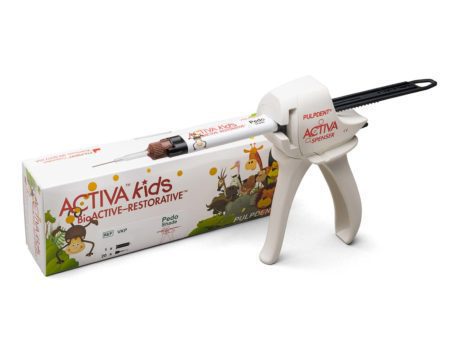
VKP – Kit : 1 seringue de 5 ml / 8 g + ACTIVA Spenser + 20 embouts – Teinte : Pédo
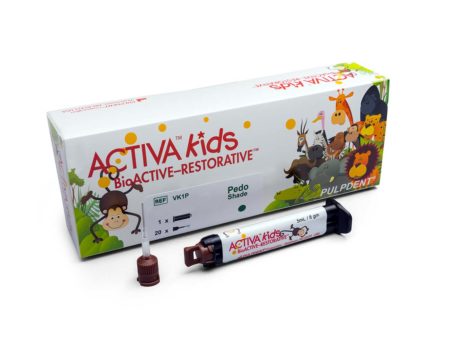
VK1P – Seringue de 5 ml / 8 g + 20 embouts (A20N1)
Teinte : Pédo
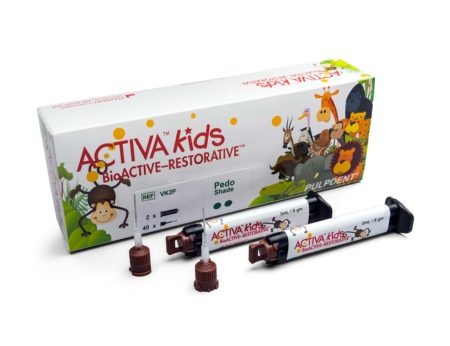
VK2P – 2 seringues de 5 ml / 8 g + 40 embouts (A20N1)
Teinte : Pédo

DS05 – ACTIVA Spenser : Pistolet mélangeur 1:1 pour seringue de 5 ml
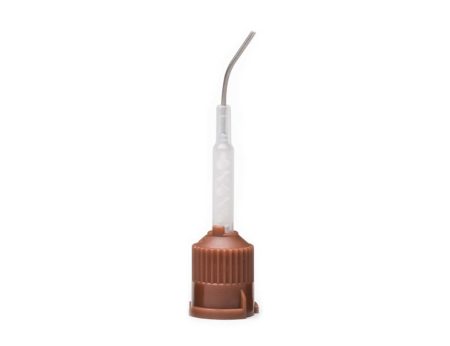
A20N1 – 20 embouts Automix directionnels, 20 ga

A50N1 – 50 embouts Automix directionnels, 20 ga
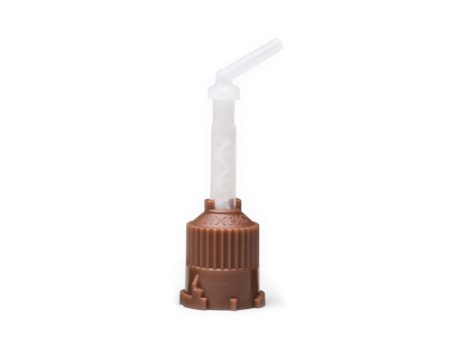
AD20T – 20 embouts Automix transparents intra-oraux, courts

AD50T – 50 embouts Automix transparents intra-oraux, courts

AD20R – 20 embouts Automix transparents intra-oraux, longs

AD50R – 50 embouts Automix transparents intra-oraux, longs
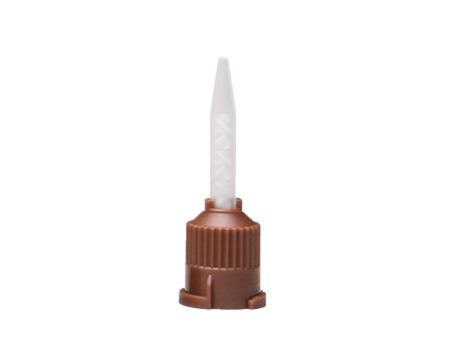
AS20 – 20 embouts Automix transparents

AS50 – 50 embouts Automix transparents




